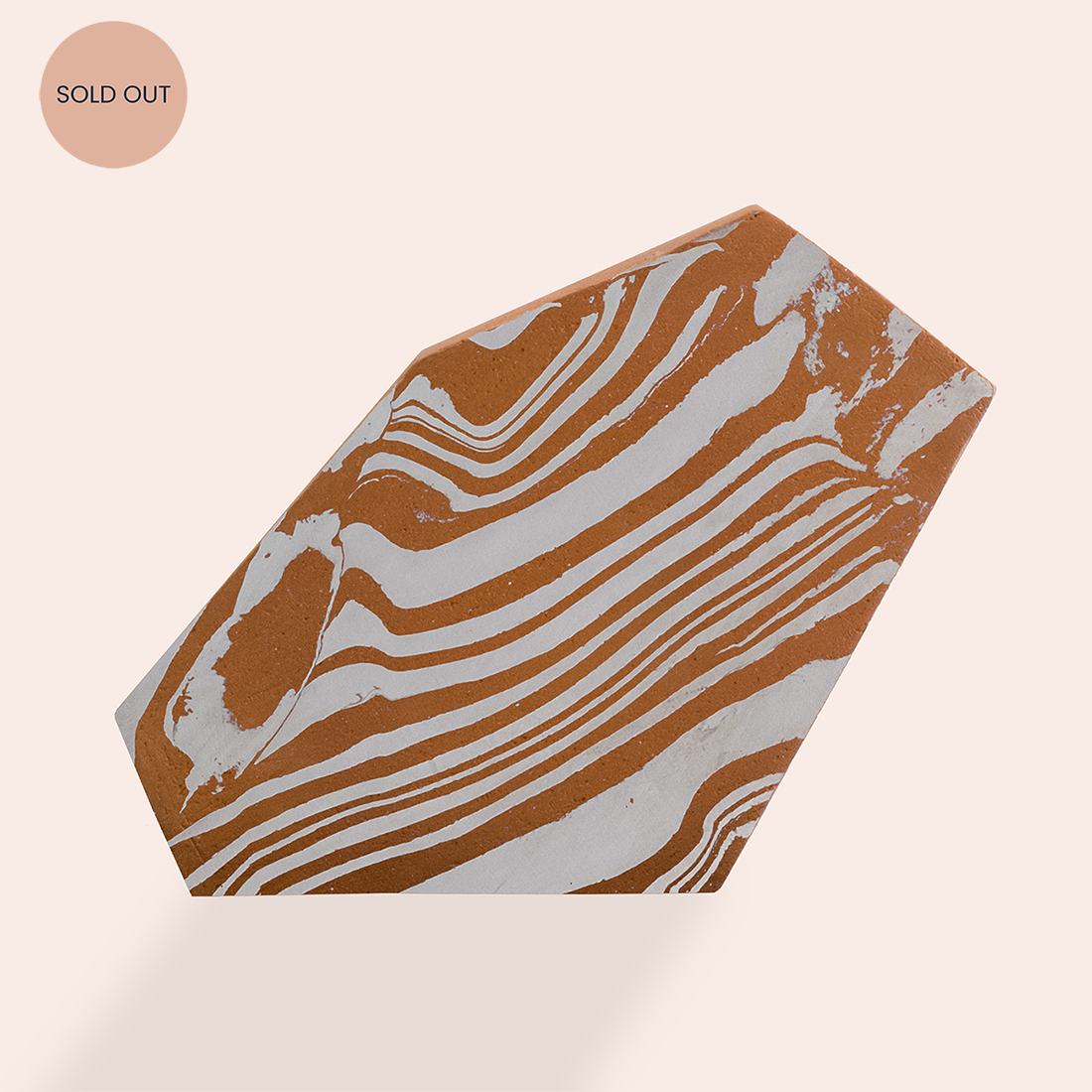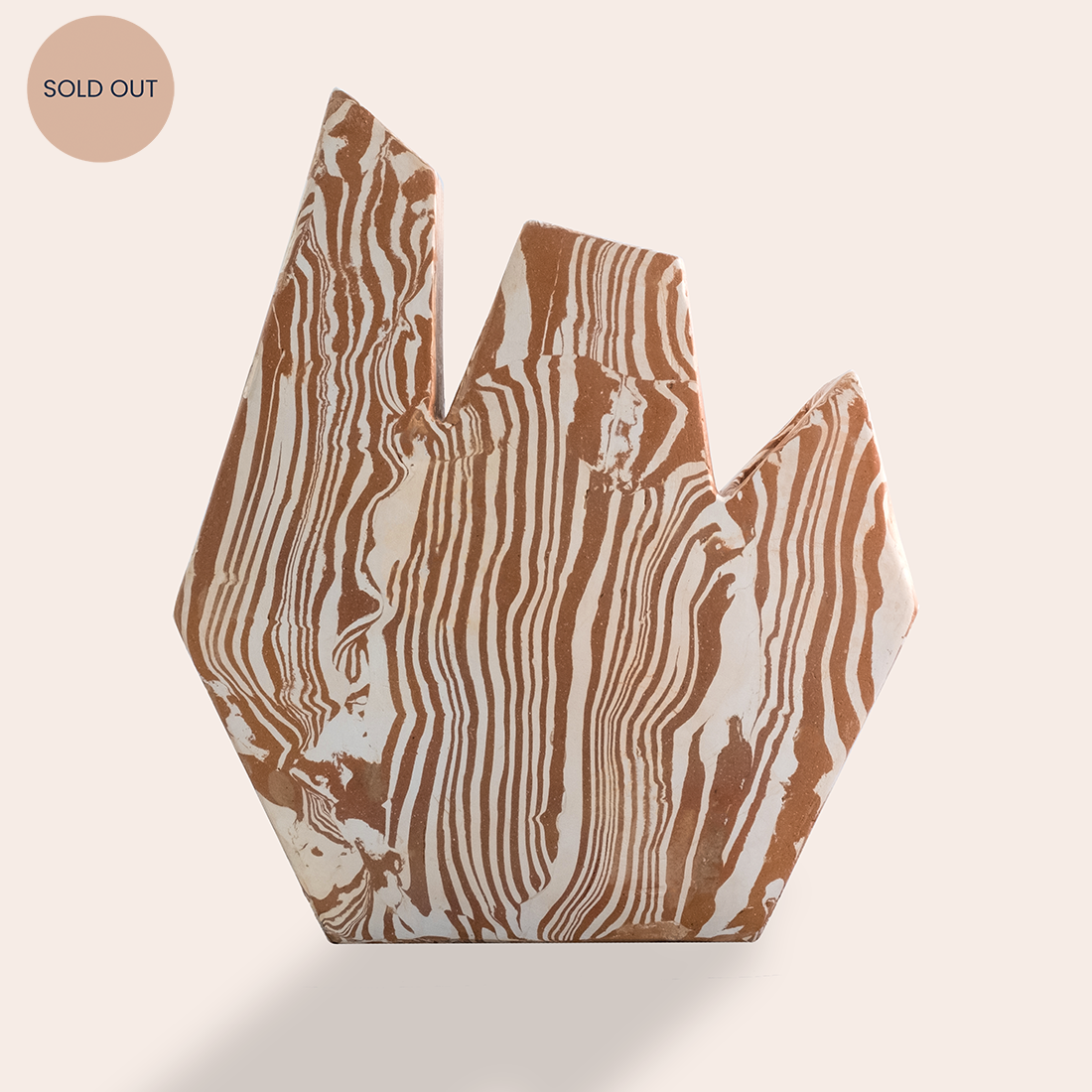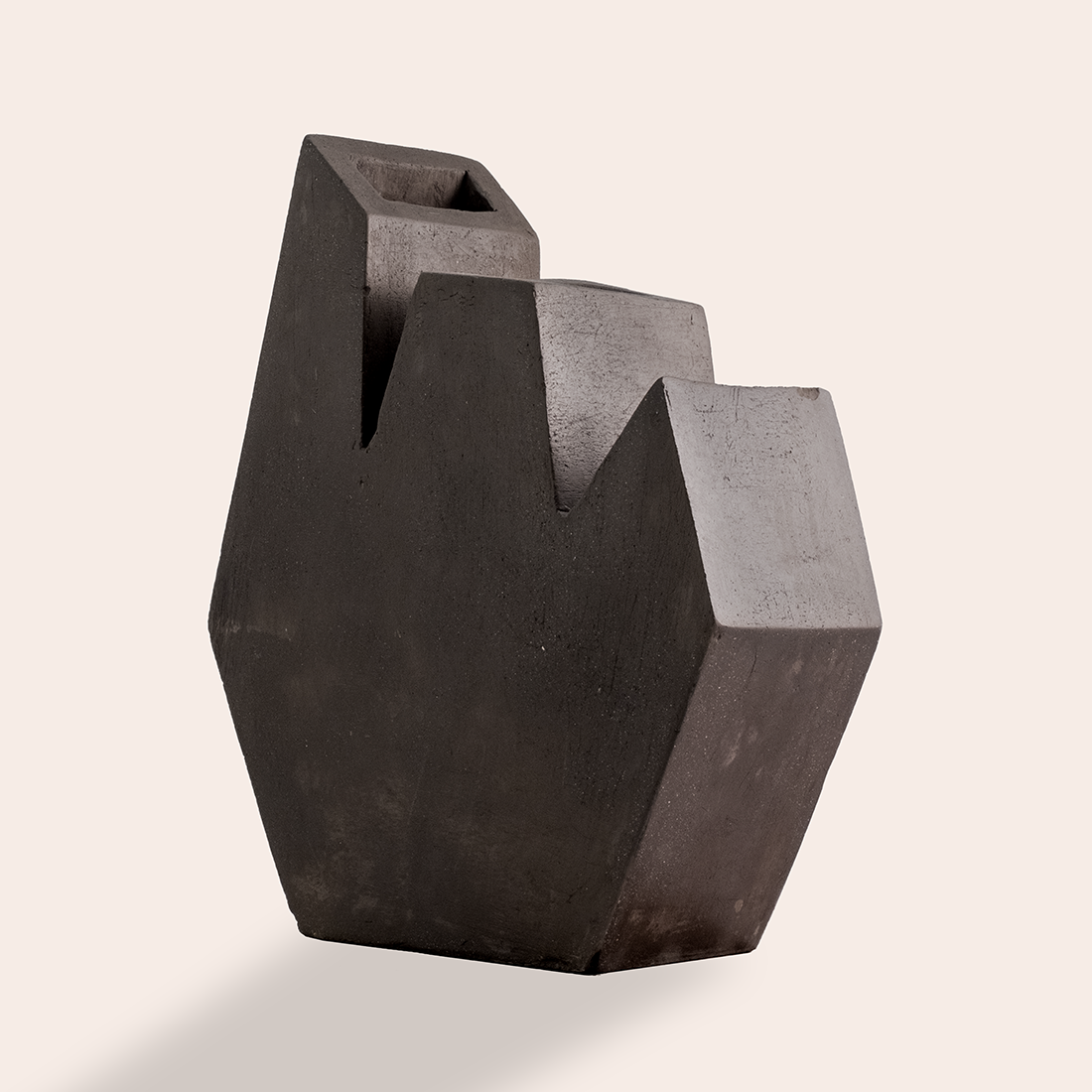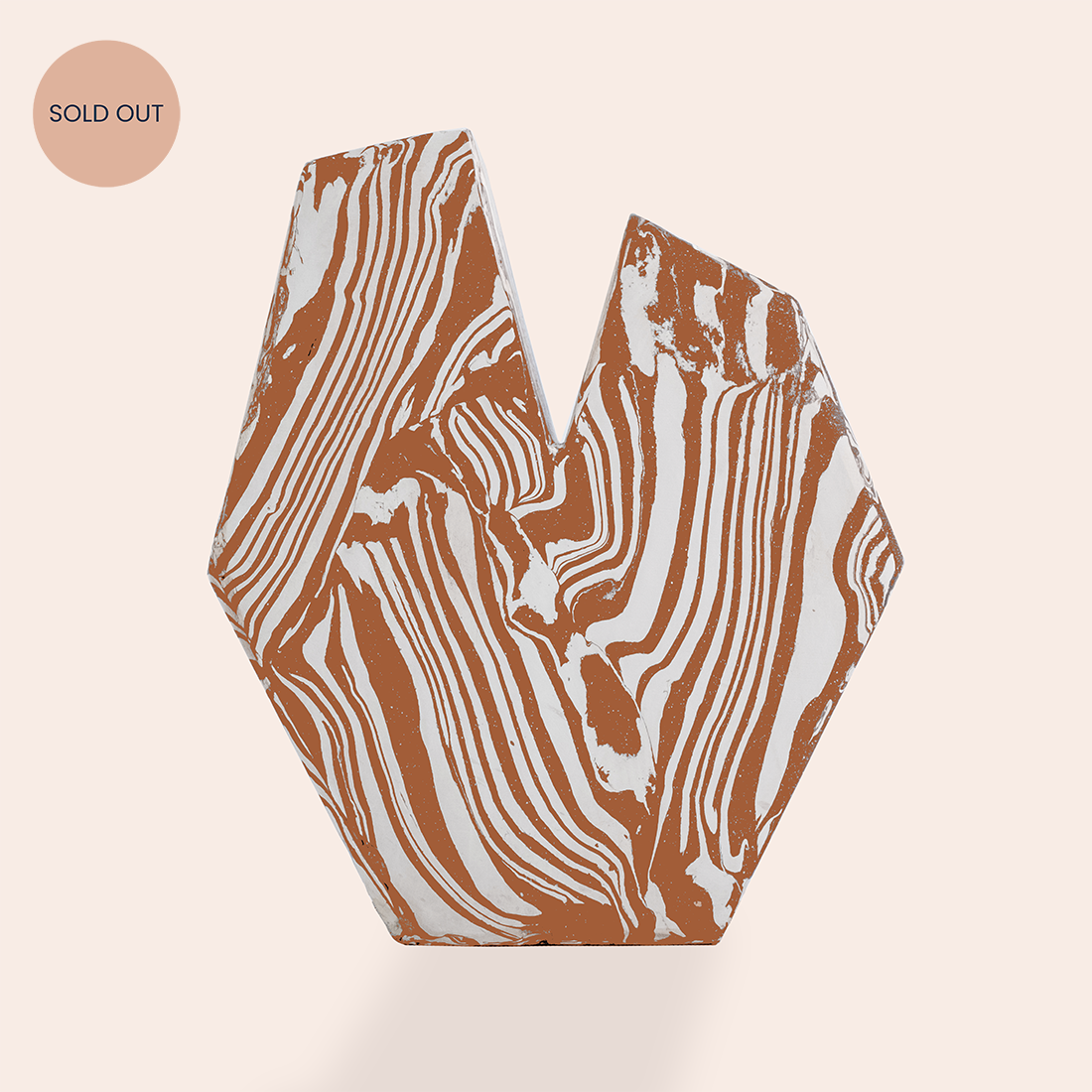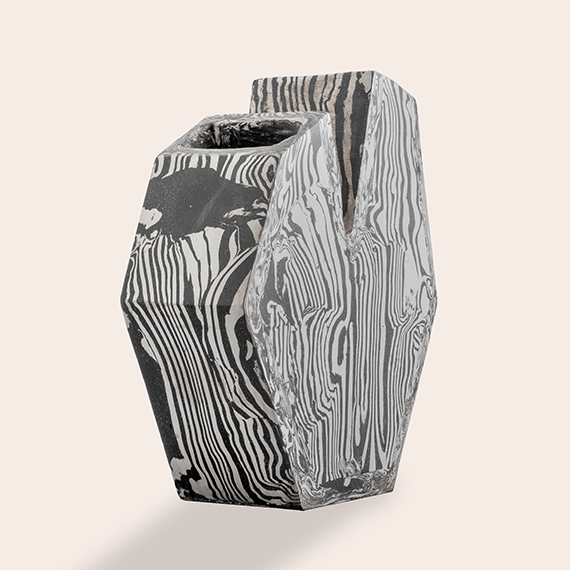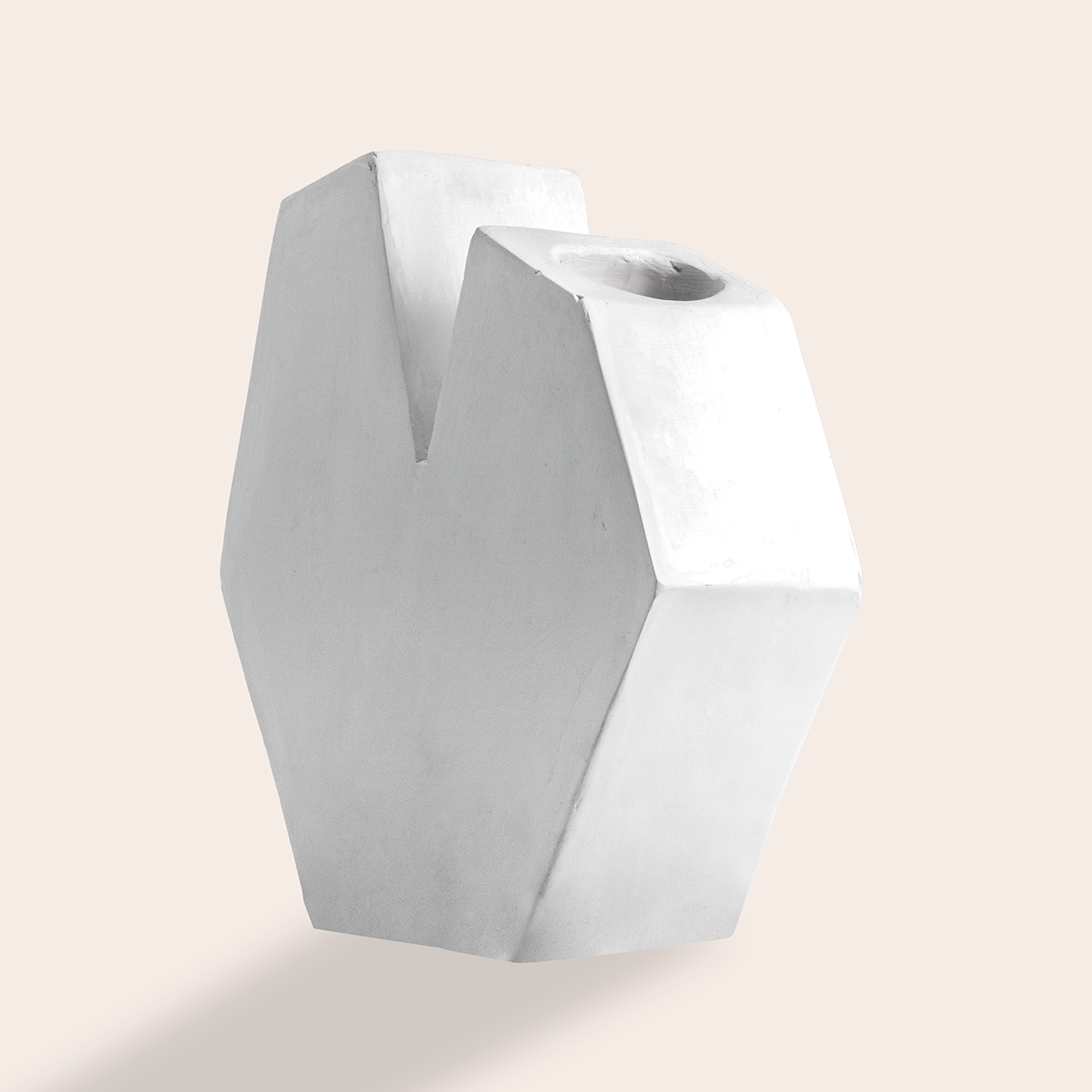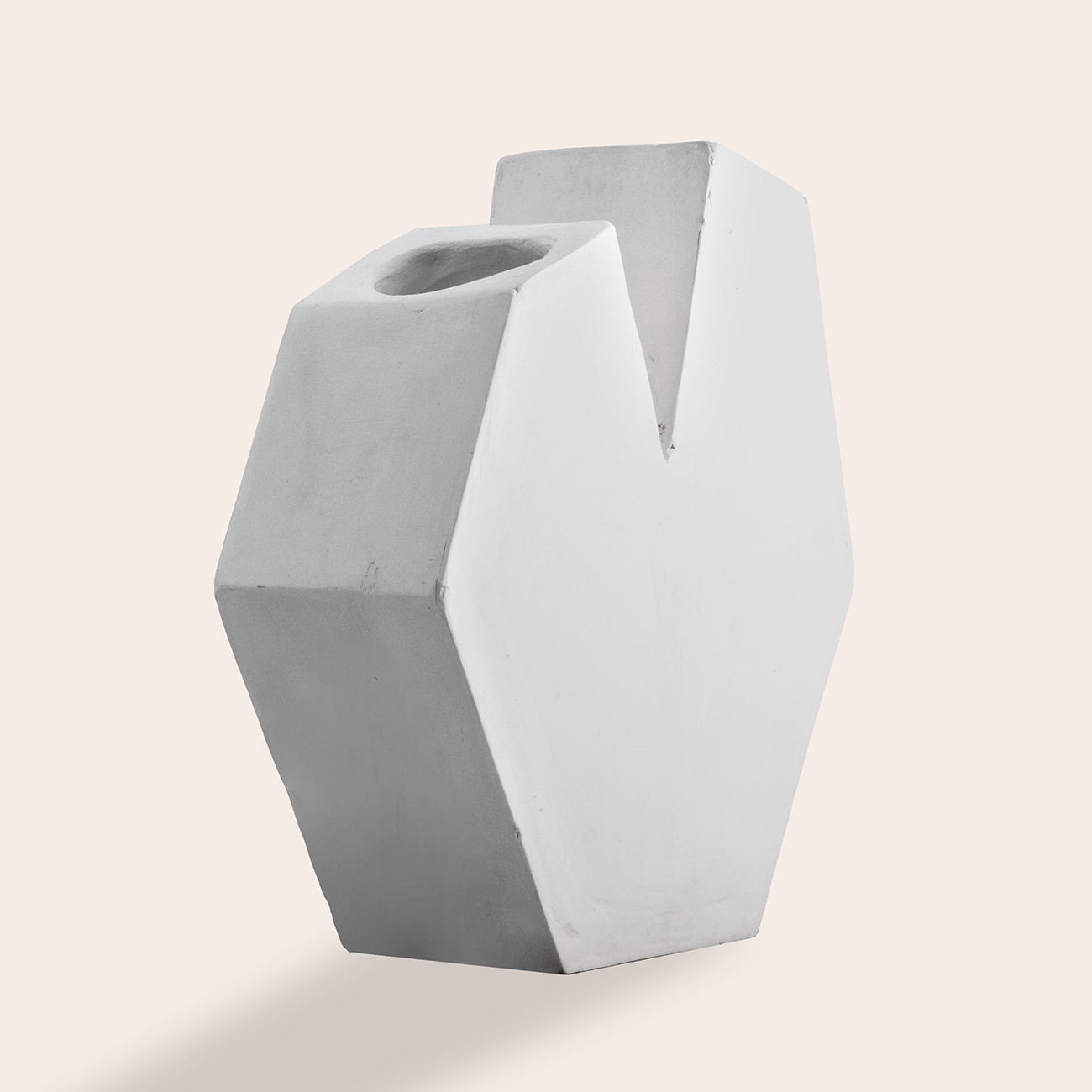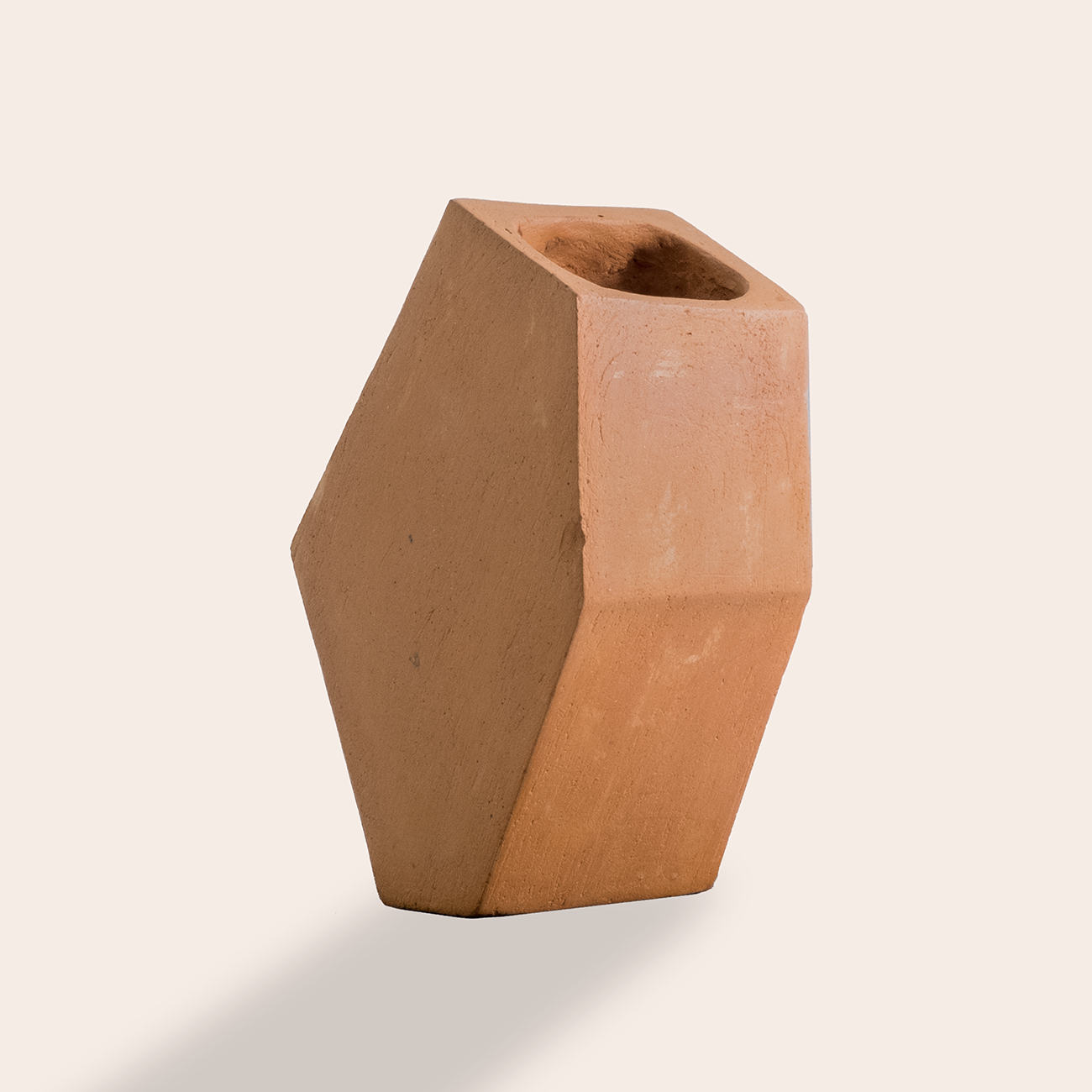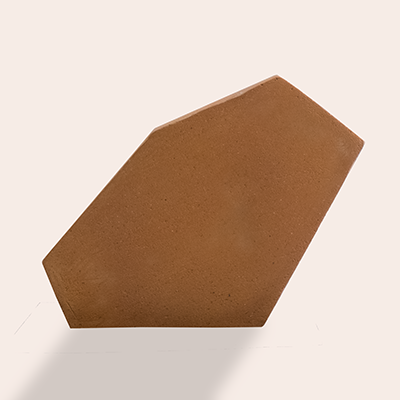Mottled, loud, regal. It is the union of materials of different natures. Only a skilled craftsman knows what will be the direction of its veining once it reaches the firing point.
Cotto Variegato workmanship arose in the Lombard Italian area following the splendor of the Renaissance. It covered the most prestigious buildings with its veined, juxtaposed decorations, as if to reproduce marble designs from the most precious quarries.
Yet it was born from cotto. A primitive clay, quarried from the beds of Lombard rivers among the different stratifications of the soil. And it is precisely the layering that makes it possible to manipulate the different clays with each other. Mixed, mixed in layers with distinct techniques depending on the decoration. Each kiln possessed its own method of forming and each area had its own clays resulting in countless, varied, types of terracotta.
As varied as the land of which it is made.
The Color
Lambro Like the river that joins Monza to Brianza, White to Red, so the clay from the deepest layer of soil to that imported from volcanic lands. Lambro represents opposites, coming together, like fluids with different chemical compositions. Distinctly harmonious.
The Shape
Stromboli Etna, Stromboli and Vesuvius | trio of terracotta vases
design Marialaura Irvine for FangoRosa
“A trio of vases with two-dimensional forms whose decoration follows the free flow of the material, creating a variegated array of colors, in which the beauty of imperfection is the protagonist. The two-dimensional form extrudes to create an architectural landscape; an interplay of geometric volumes and craters of different angles and sizes that are enriched with floral compositions.”
Marialaura Irvine




